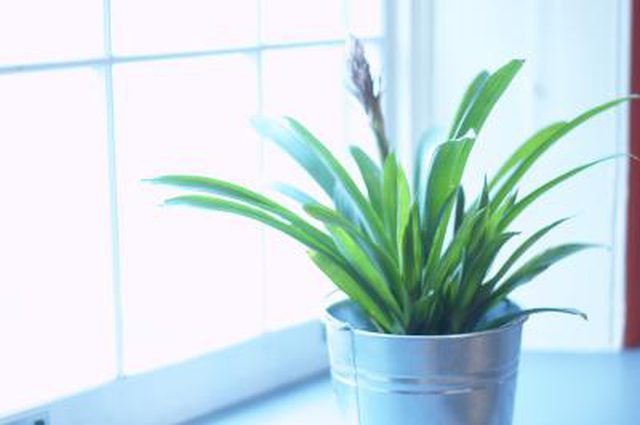Bulbs
Flower Basics
Flower Beds & Specialty Gardens
Flower Garden
Garden Furniture
Garden Gnomes
Garden Seeds
Garden Sheds
Garden Statues
Garden Tools & Supplies
Gardening Basics
Green & Organic
Groundcovers & Vines
Growing Annuals
Growing Basil
Growing Beans
Growing Berries
Growing Blueberries
Growing Cactus
Growing Corn
Growing Cotton
Growing Edibles
Growing Flowers
Growing Garlic
Growing Grapes
Growing Grass
Growing Herbs
Growing Jasmine
Growing Mint
Growing Mushrooms
Orchids
Growing Peanuts
Growing Perennials
Growing Plants
Growing Rosemary
Growing Roses
Growing Strawberries
Growing Sunflowers
Growing Thyme
Growing Tomatoes
Growing Tulips
Growing Vegetables
Herb Basics
Herb Garden
Indoor Growing
Landscaping Basics
Landscaping Patios
Landscaping Plants
Landscaping Shrubs
Landscaping Trees
Landscaping Walks & Pathways
Lawn Basics
Lawn Maintenance
Lawn Mowers
Lawn Ornaments
Lawn Planting
Lawn Tools
Outdoor Growing
Overall Landscape Planning
Pests, Weeds & Problems
Plant Basics
Rock Garden
Rose Garden
Shrubs
Soil
Specialty Gardens
Trees
Vegetable Garden
Yard Maintenance
How to Control Powdery Mildew with Baking Soda
How to Control Powdery Mildew with Baking Soda. Powdery mildew is a fungal plant disease that looks like gray or white powdery spots on an infected plant's leaves. The mold is more likely to strike during warm and dry weather, and can affect vegetable plants, as well as flowering species. The mildew typically does not kill the entire infected...

Powdery mildew is a fungal plant disease that looks like gray or white powdery spots on an infected plant's leaves. The mold is more likely to strike during warm and dry weather, and can affect vegetable plants, as well as flowering species. The mildew typically does not kill the entire infected plant, but leaves may become discolored and less productive than they ordinarily would be. Control of powdery mildew can be achieved through a number of different horticultural products, but the fungus can also be prevented and eradicated with normal household baking soda.
Things You'll Need
4 tsp. baking soda
1-gallon container
2 1/2 tbsp. horticultural oil
Spray bottle
Mix 4 tsp. of baking soda into a gallon container that is filled with water. Add up to 2 1/2 tbsp. of a horticultural oil if desired, to prevent and treat other pests or diseases that may be affecting your plant. Horticultural oil can help control moderate and more severe infections of powdery mildew, according to Mary Louise Flint, director of the University of California Integrated Pest Management Education and Publications.
Pour some of the baking soda and water mixture into a spray bottle.
Spritz the leaves that are affected with powdery mildew with the baking soda spray. Take care not to drench the plants; the Royal New Zealand Institute of Horticulture explains that too much of the liquid can cause damage to the leaves and to the surrounding soil.
Treat the plants again with the baking soda deterrent as needed when mildew forms on the plant again. The University of Wisconsin suggests controlling powdery mildew with baking soda on a weekly basis.